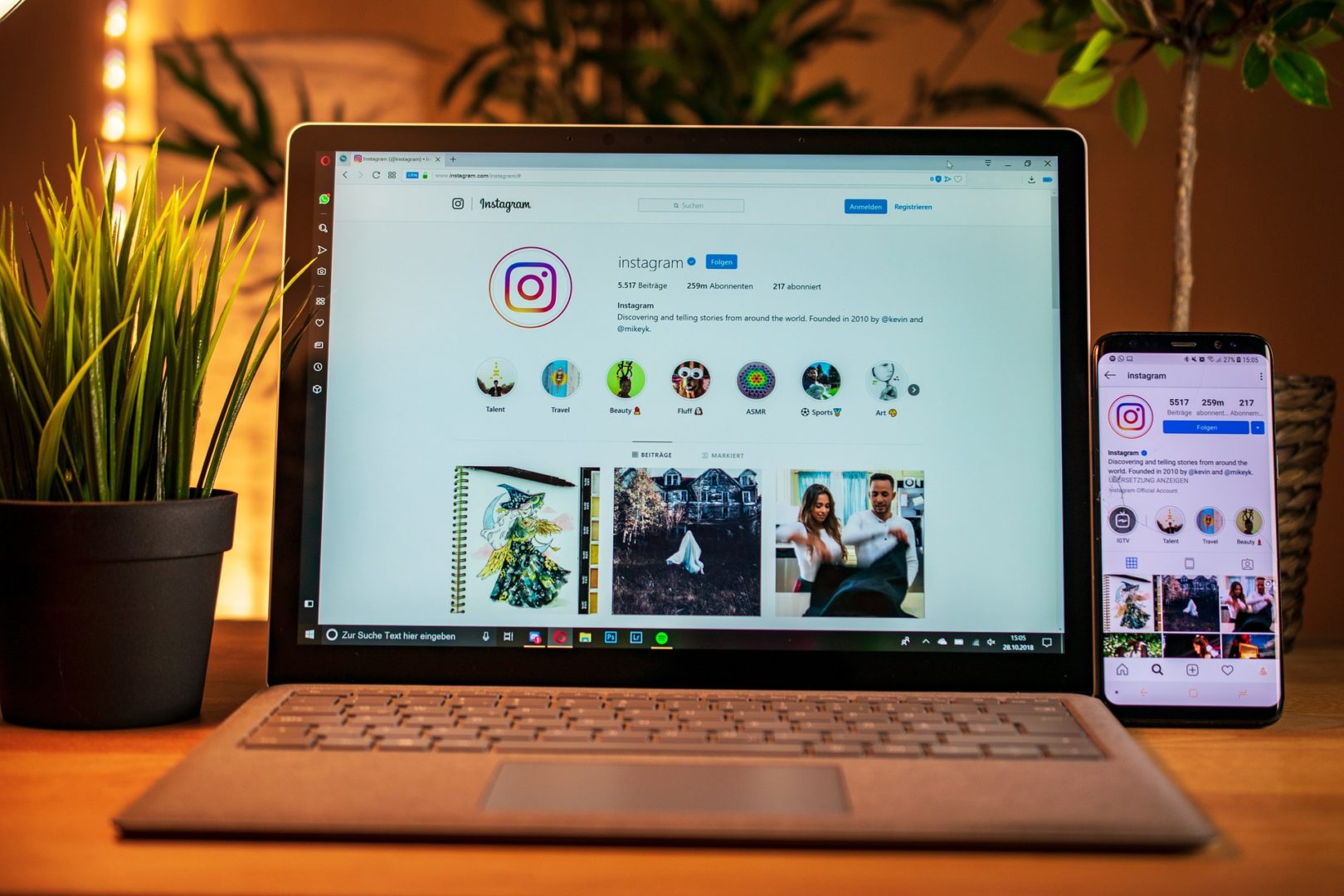Influencers, are they worth the trouble?

As much as influencer marketing seems like old hat nowadays, the industry shows no signs of slowing down.
A recent Business Insider study revealed that influencer marketing ad spend is set to reach between $5 billion and $10 billion in 2022. Assuming it hits the midpoint of $7.5 billion, the five-year compound annual growth rate (CAGR) would be an incredible 38%.
And not just that: influencer engagement rates are still through the roof compared to that of brands themselves. Across industry verticals, the average user engagement rate for influencers is 5.7%, whereas on Instagram (for instance), the average engagement rate for brands hovers around 2-3%.
A big reason for this difference is the relatability and perceived credibility of influencers. That’s why it’s so important to give influencers creative freedom during the process (while still making sure their messaging is on point, of course!). Consider that nearly 40% of influencers believe one of the biggest mistakes brands can make is to impose overly restrictive content guidelines.
Be playful. Bold. Innovative. You want to make a splash and be memorable – in a good way. Take the example of Payless and how it pranked fashion influencers who thought they were buying high-end luxury shoes from a new brand called “Palessi.”
Just don’t make the same missteps that Pepsi did with their disastrous Kendall Jenner commercial…
Overall, some crucial things to keep in mind:
1. Authenticity is key
Consumers today value authenticity and transparency more than ever. There’s a paradigm shift happening: savvy, value-driven consumers are increasingly looking for cues that a brand demonstrates a sense of purpose and is interested in making the world a better place.
If you and your influencer partners can confirm that your brand is about more than just making money, the audience will practically do your marketing for you.
2. Think small
More brands are now working on a smaller scale, joining forces with micro-influencers who have under 100,000 followers. That may seem counterintuitive, but here’s why:
- Micro-influencers are widely viewed as more trustworthy, relatable, and invested in their content;
- They drive higher engagement with a better correlation between follower size and number of likes per post (sweet spot = 10k-100k followers);
- They’re much more affordable, with the vast majority charging under $500 per sponsored post and 84% charging under $250 per post (or perhaps even willing to post in exchange for a free product or service).
3. Evaluate effectiveness
Always be tracking! One of the most important aspects of influencer marketing is knowing exactly what you’re getting out of it. Track likes, comments, and engagement in real time – and always incorporate a method for determining ROI (e.g. coupon codes, custom affiliate links, Google Analytics, etc.).
To keep things in perspective, compare your influencer marketing campaign’s performance with your other marketing investments. And keep a close eye on your own channels following social media exposure with influencers. A spike in followers – and especially increased positive engagement – means you’re doing something right.
For more about influencer marketing trends in 2019, check out our previous post here.


